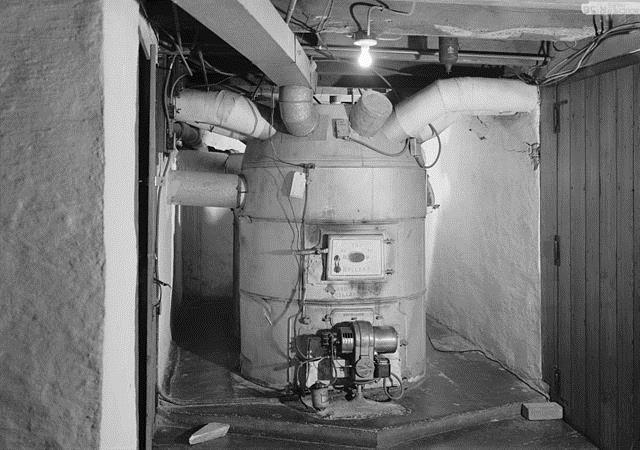Your cart is currently empty!

History of Duct Cleaning
One of the first furnace designs was called a gravity furnace, which used a simple burner with metal housing around it and large ducts that worked on the basis of hot air rising. These old gravity furnaces worked great in the sense that there was no moving parts but used copious amounts of fuel and were hardly efficient. But they were much better than the old coal fired stoves in kitchens.

In the late 19th century, a new furnace style evolved to have a fan next to the burner which we now call “forced air furnaces”. With a forced air furnace along came more air pressure, the higher velocity air coming off the fan allowed the use of smaller ducts and the ability to put supply vents in each of the rooms as well as return air vents to pull stale air back to the furnace. All this movement of air along with the new moving parts inside the furnace created a new set of problems: dust, naturally air born in the home was now being sucked into the furnace via the return air ducts. This dust accumulates not only inside the furnace components such as the motor, heat exchangers, sensors, limit switches etc, but also accumulates first in the return air duct system and then starts to pile up inside the air conditioning coil, supply venting and in new high efficient furnaces the dust can build up inside the reheat coil creating all sorts of problems.

Dust buildups inside the motors, coils and sensors cause these components to fail prematurely. Also, when accumulations of dust build up too much inside the return/supply ducting, this can reduce the flow of air, making the system run longer and harder, costing more in fuel and electricity, not to mention when the accumulation of dust gets too high, the pressure of the furnace fan will cause the extra dust built up in the return system to pull into the furnace. Dust build ups in the supply side will eventually blow out into the home, possibly creating health concerns for the people living inside.
Most people don’t realize that dust building up inside the system can harbor copious amounts of germs and bacteria as this dust is given the perfect breeding ground of heat from the furnace heat exchanger, and moisture from the humidifier.